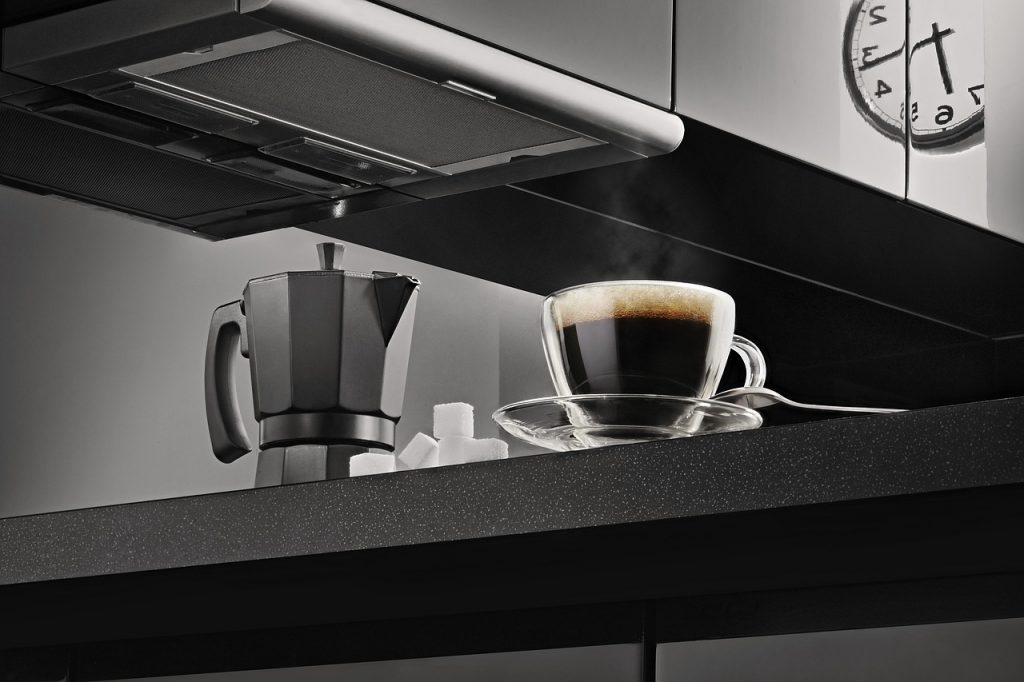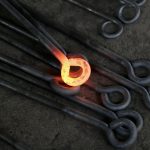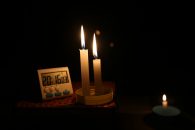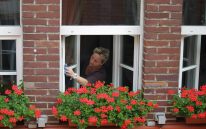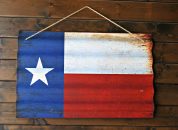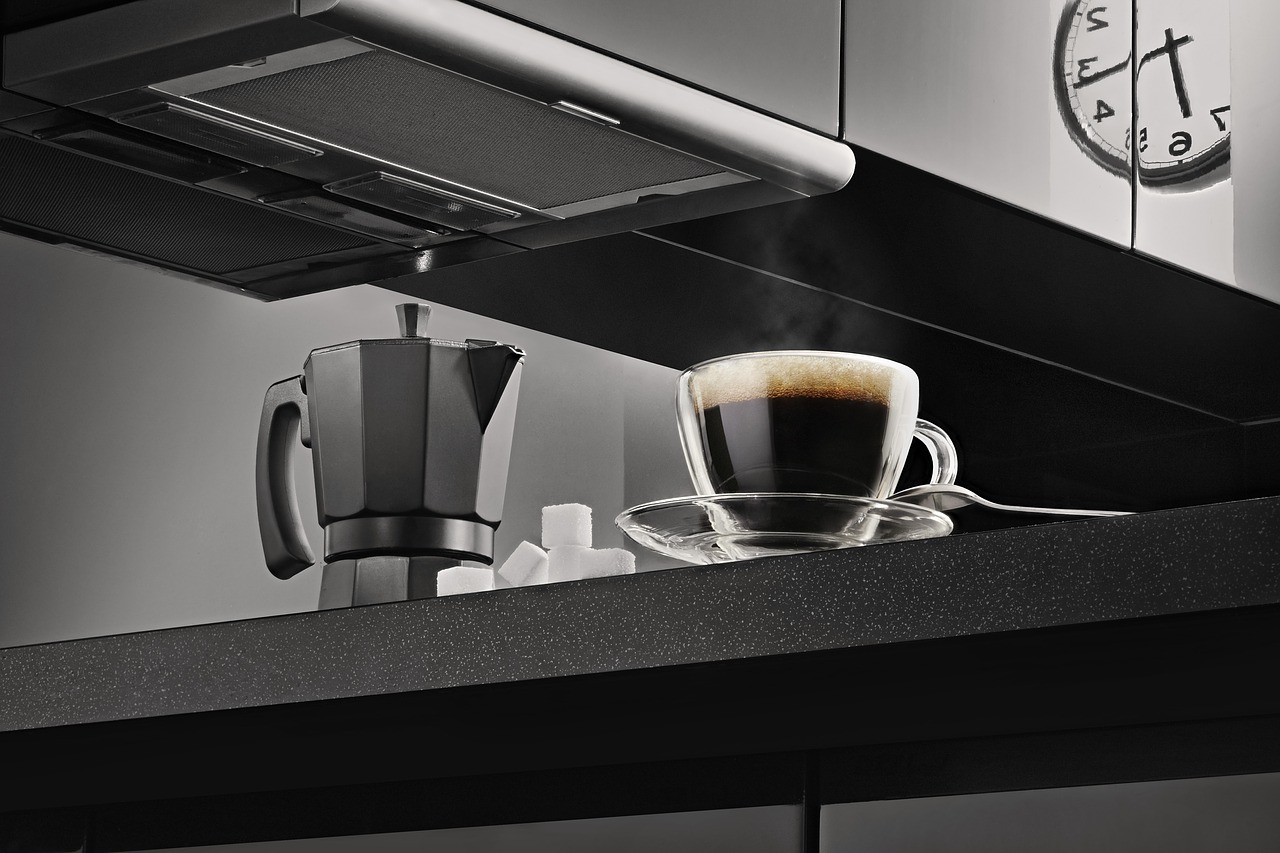
There are three different types of coffee makers that are commonly used in American homes. When you want to know about the energy used by a coffee maker you’ll need to look at each of these individually.
Automatic Drip Coffee Makers
These coffee makers typically use an electric-resistance warming plate to heat the water and keep your coffee warm. This usually requires 75 – 1,200 watts of electricity before shutting down after about two hours. Over the course of a year, the energy used by a coffee maker amounts to about 730 kWh.
Single-Serving Pod-Users
This is the coffee maker style popularized by Bunn and Keurig. It uses a heating element that’s mounted in the water reservoir to keep the water warm for when you need it. This greatly reduces how long it takes for your next cup of coffee, but it uses a lot of electricity in doing so. In fact, it can use as much as 60 watts per hour.
Espresso Machines
These machines actually use a lot more power than you’d ever imagine. They typically use about 230kWh per year, which is probably about 25% of what you budget for your electricity. If you switch them off when you’re done using them you’ll only use 30 kWh per year for your energy use here, which is only 3% of your budget.

